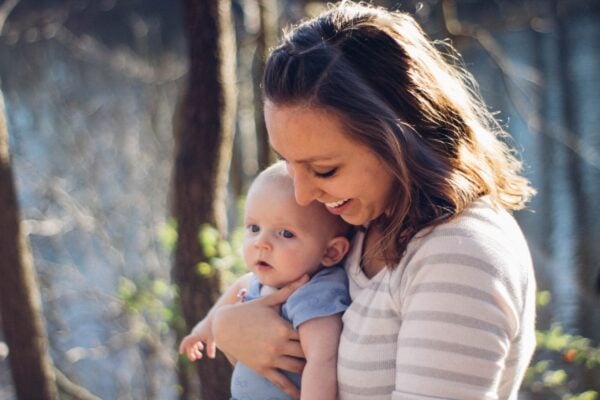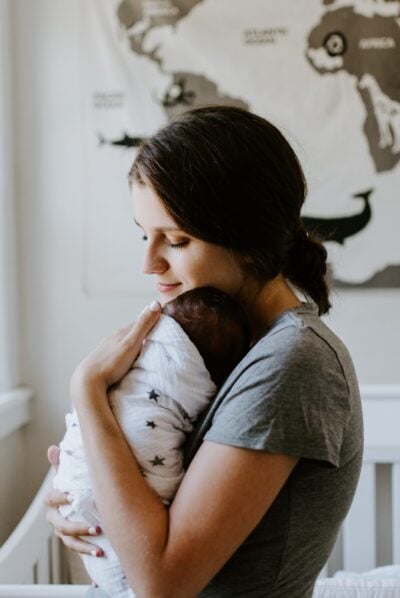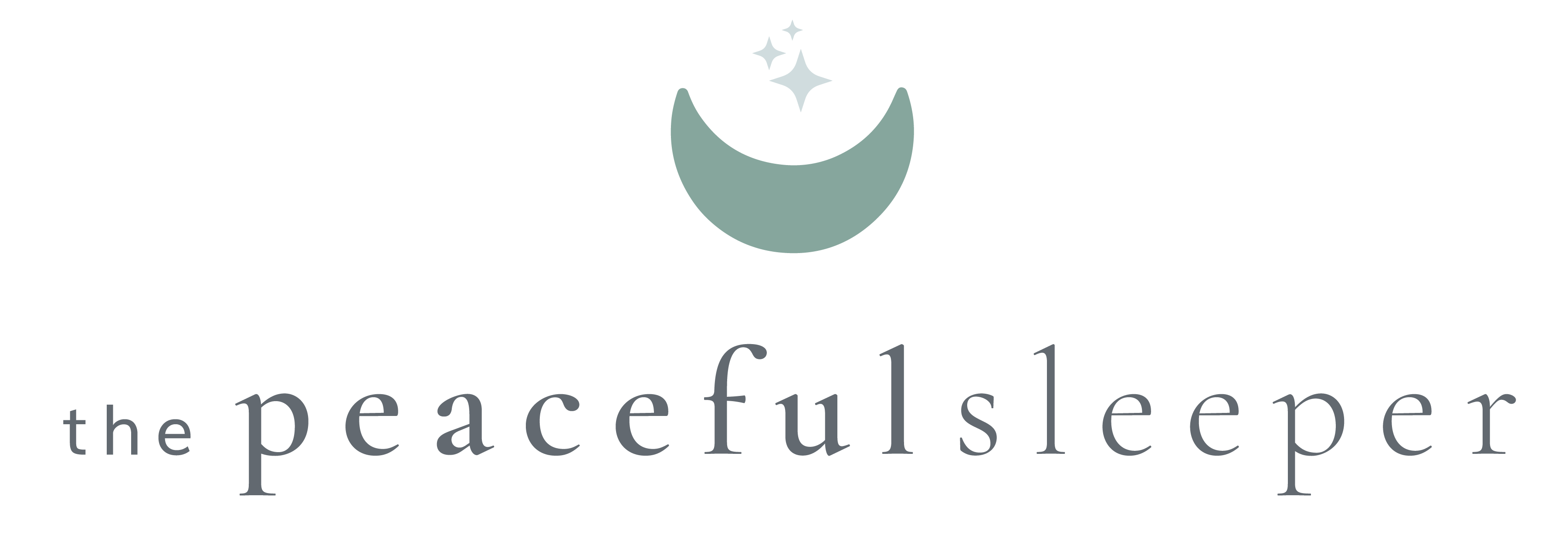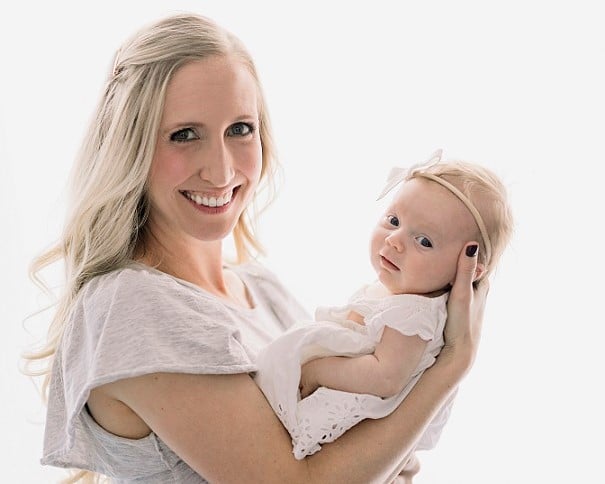Let’s talk about 3 month old wake windows and why they’re so important.
3 months can be a really tricky time, sleep wise. There tends to be crap naps, more night wakings and most parents would like to just fast forward to 4 months.
But as we are all told, they are only young once and we shouldn’t wish time away… so instead, I’m here to help you focus on one of the main things you can control during this tumultuous time and optimize your little one’s sleep: wake windows.
In this blog post I’m going to break down what exactly wake windows are, why they are important and what your 3 month old’s wake windows should be. And since every baby is different, I also share a variety of 3 month old schedules that include naps and bedtimes with different wake windows AND what to do if your little one doesn’t follow any of these schedules.
Let’s dive in!
Why are wake windows important?
What should my 3 month old’s wake windows be?
Sample 3 month old schedules with naps and bedtimes
What do I do if my 3 month old is not following any of age appropriate sleep schedules
What are wake windows?

Wake windows are chunks of time during the day, when your baby is awake. They are calculated by starting with the time your baby wakes up and ending with when they fall asleep again. So the first wake window of the day is from the time your 3 month old wakes up in the morning until they fall asleep for their first nap.
A common question I get is whether or not wake windows include feeding and/or the time it takes to get baby to sleep.
The answer is yes! You start calculating the wake window from the moment your baby wakes up, until they are asleep again.
Why are wake windows important?
Wake windows are important because they help you prevent your baby from becoming overtired.
An overtired baby is a baby that is very hard to get to sleep. An overtired baby also wakes more frequently and is often fussy. You can image that a very unpleasant cycle of overtiredness could occur if your baby was late getting to sleep and then didn’t have the full restorative sleep that they needed.
Here’s the big secret about wake windows: they work best when they are used alongside sleepy cues. Allow me to explain.

Sleepy Cues
Every baby is different, and each baby has different sleep needs. Yes, there are general sleep recommendations by age, however these are based on averages. Some babies have high sleep needs, some are closer to the average, and some have lower sleep needs.
3 month old babies do not all follow the exact same wake windows, nap lengths, bedtimes, etc. However, wake windows can be used effectively to know the approximate time your baby will likely be ready for sleep, and how much sleep (on average) you should be aiming for in a day.
As you get to know your baby more and tune into their cues, you will learn what their unique sleep needs are and will be able to effectively meet those needs.
Newborn sleepy cues are the cues that help you know when your baby is ready for sleep. Sleepy cues can be tricky as many parents mistake tired cues for sleepy cues, when in fact tired cues are signals that your baby is heading towards overtiredness. We want to catch our baby’s sleepy cues before this happens.
| Sleepy Cues
The perfect time to get your baby to sleep |
Tired Cues
Signs you have passed the “sweet spot” and your baby is heading towards overtiredness |
| Staring off | Rubbing eyes |
| Deep sigh | Fussing |
| Subtle yawn | Tugging on ears |
| Calm (may seem bored) | Avoiding eye contact |
| Reddish hue on eyebrows and eyelids | Arching back/becoming rigid |
The best thing you can do is be aware of age appropriate wake windows for your 3 month old (pay attention to the clock), and watch your baby for sleepy cues. If it is getting close to the end of the wake window and you start to notice some sleepy cues, it is time to get your baby to sleep!
3 month old wake windows – what they should be
3 month old babies are still considered newborns. They have very short wake windows.
In fact, most parents are surprised at just how short they are. An early newborn usually has a wake window of about 60 minutes between morning wake up and first nap, as well as between all other naps and they usually have a 1-1.5 hour wake window before bed.
As newborns get older, these wake windows tend to stretch to 60-90 mins and 1-2 hours before bed. Once your baby is 4 months old, they are no longer considered a newborn and their wake windows often stretch a little more. This also happens because around this time their naps consolidate to 4-5 naps a day.
| Number of Naps | Wake Windows Between Naps | Wake Window Before Bed | |
| 2 months old | 4-7 | 60 min | 60-90 min |
| 3 months old | 4-6 | 60-90 min | 60-120 min |
| 4 months old | 4 | 90 min | 120 min |
It’s also worth noting that often times babies do best with wake windows that get progressively longer throughout the day. For an example of this, see the sample schedules below.
3 month old sample schedules with wake windows, naps, & bedtimes
The following are sample sleep schedules that are based on age appropriate wake windows and include nap and bed times for a 3 month old.
As I mentioned above, it’s important to remember that every baby has different sleep needs, so one 3 month old baby may be taking 3 solid naps a day and a cat nap whereas another 3 month old may be on 6 short naps a day. The goal however is to have all naps be between 1-3 hours long, so its best to try and extend naps as much as possible.
The average 3 month old has around 16 hours of sleep per 24 hours, but again, some babies need less and some need more.
It’s also important to know that most 3 month olds do better with a bedtime around 9-10pm. By the time they are 4 months they usually do better with a bedtime between 6-8pm so between 3 and 4 months you can start attempting to bump bedtime earlier.
It is often tricky to get a baby on a consistent sleep schedule until 4 months old, (which is when you can teach them independent sleep skills and find a solid and predictable sleep schedule that meets their sleep needs). So try not to stress too much and just focus on tuning into your baby to prevent overtiredness.
3 month old sleep schedule #1: Low sleep needs/short naps
| Time | Wake Window Length | |
| Wake up | 6:15am | |
| Wake Window | 6:15am – 7:15 am | 60 min |
| Nap 1 | 7:15am – 8:00am | |
| Wake window | 8:00am – 9:30am | 90 min |
| Nap 2 | 9:30am – 10:30am | |
| Wake Window | 10:30am – 12:00pm | 90 min |
| Nap 3 | 12:00pm – 12:45pm | |
| Wake Window | 12:45pm – 2:15pm | 90 min |
| Nap 4 | 2:15pm – 3:00pm | |
| Wake Window | 3:00pm – 4:30pm | 90 min |
| Nap 5 | 4:30pm – 5:15pm | |
| Wake Window | 5:15pm – 7:15pm | 2 hours |
| Nap 6 | 7:15pm – 8:00pm | |
| Wake Window | 8:00pm – 9:30pm | 90 min |
| Bed | 9:00pm |
Total Sleep: 14 hours
3 month old sleep schedule #2: Average sleep needs/solid naps
| Time | Wake Window Length | |
| Wake up | 7:00am | |
| Wake Window | 7:00am – 8:15 am | 75 min |
| Nap 1 | 8:15am – 10:15am | |
| Wake window | 10:15am – 11:45am | 90 min |
| Nap 2 | 11:45am – 1:45pm | |
| Wake Window | 1:45pm – 3:15pm | 90 min |
| Nap 3 | 3:15pm – 4:00pm | |
| Wake Window | 4:00pm – 5:30pm | 90 min |
| Nap 4 | 5:30pm – 6:30pm | |
| Wake Window | 6:30pm – 7:45pm | 75min |
| Nap 5 | 7:45pm – 8:15pm | |
| Wake Window | 8:15-9:30pm | 75 min |
| Bed | 9:30pm |
Total Sleep: 15.75 hours
3 month old sleep schedule #2: High sleep needs
| Time | Wake Window Length | |
| Wake up | 7:15am | |
| Wake Window | 7:15am – 8:15 am | 60 min |
| Nap 1 | 8:15am – 10:15am | |
| Wake window | 10:15am – 11:45am | 90 min |
| Nap 2 | 11:45am – 1:45pm | |
| Wake Window | 1:45pm – 3:15pm | 90 min |
| Nap 3 | 3:15pm – 4:45pm | |
| Wake Window | 4:45pm – 6:15pm | 90 min |
| Nap 4 | 6:15pm – 7:00pm | |
| Wake Window | 7:00pm – 8:30pm | 90 min |
| Bed | 8:30pm |
Total Sleep: 17 hours
What do I do if my 3 month old is not following an age-appropriate sleep schedule?
I’ll be completely honest with you – the 3 month mark can be a really difficult time for sleep. If it is extremely difficult to get your baby the sleep they need, you are struggling to get them on a sleep schedule, and the above schedules are just not working, you’re not alone.
3 month sleep regression
The 3 month sleep regression plays a big role in why 3 month olds often struggle with sleep. The 3 month sleep regression is notorious for crap naps (naps that are shorter than an hour) so if this is what you are going through, hang in there.
The best thing you can do for crap naps is to intervene to try and help your baby sleep for at least an hour. Remember, you can’t spoil a newborn!
So going in to “save the nap” by rocking or holding them back to sleep can be very beneficial. It helps lay the foundation for great sleep, makes sleep learning at 4 months so much easier, and helps prevent overtiredness.

Your baby’s sleep needs
Another reason could be that your baby just doesn’t need the same amount of sleep that the average 3 month old needs. If your baby wakes from their naps and starts the day happy and cheerful, and seems to be in good spirits throughout the day, then it’s very likely that they are just low sleep needs.
Another piece of information to keep in mind is that bedtimes can really vary at this age. Between 3 and 4 months, bedtime begins to shift earlier and by 4 months it is usually around 6-8pm. This of course affects the number of naps your little one has.
The best way through this time is to tune into your little one, try and do what you need to do to help them get the sleep they need, and be flexible with their daily sleep schedule.
Some days short naps might mean either an earlier bedtime or squeezing in a cat nap, or longer naps might mean a later bedtime. It’s ok to just go with it and know that at 4 months you can teach your baby independent sleep skills and create the perfect sleep schedule that is predictable and meets your little one’s sleep needs.
Recap on 3 month old wake windows

I hope that this blog post has empowered you with knowledge around 3 month old wake windows, and the confidence to go about meeting your 3 month old’s sleep needs.
3 months really can be such a hard time, sleep-wise, as their little brains are changing so much and their sleep patterns are evolving.
Please give yourself grace and remember that it’s not going to be perfect and you can only do what you can do.
That being said, we are always here to help! Having a baby sleep expert in your corner can be invaluable. Not just for the sleep knowledge, but for the support. We are by your side, providing as much support as you need, and our goal is always to help everyone in your family get the sleep they need, in a way that works for you.
Check out all of our individualized support options here!



0 Comments